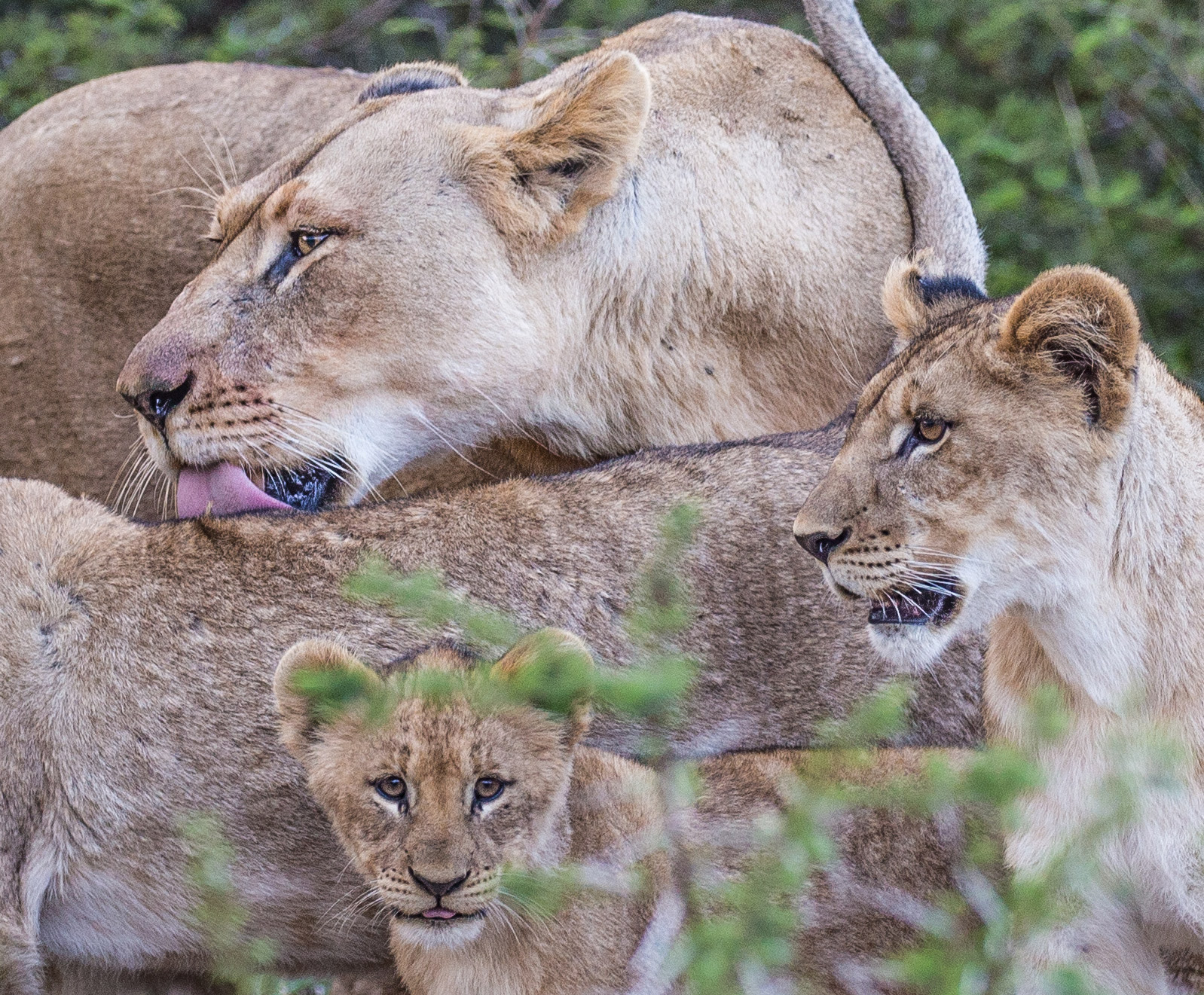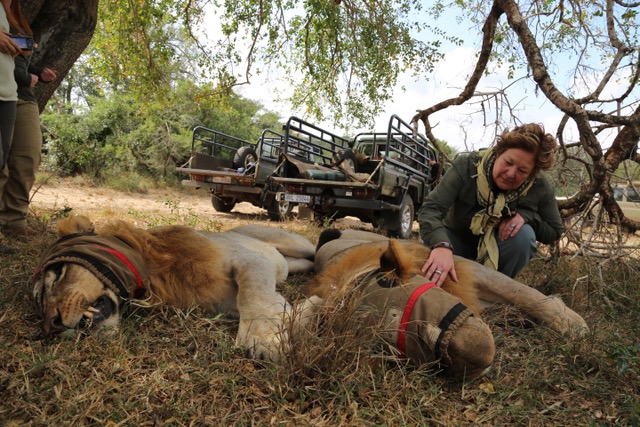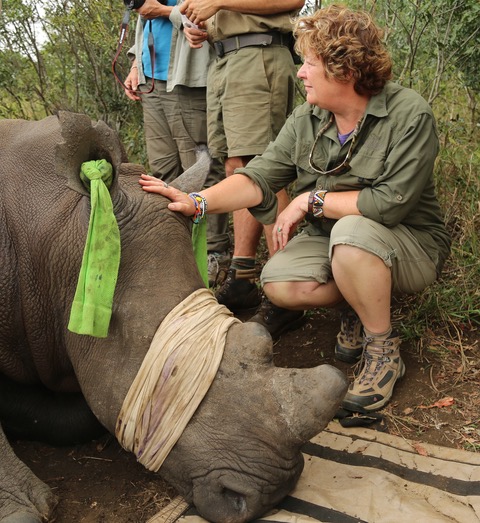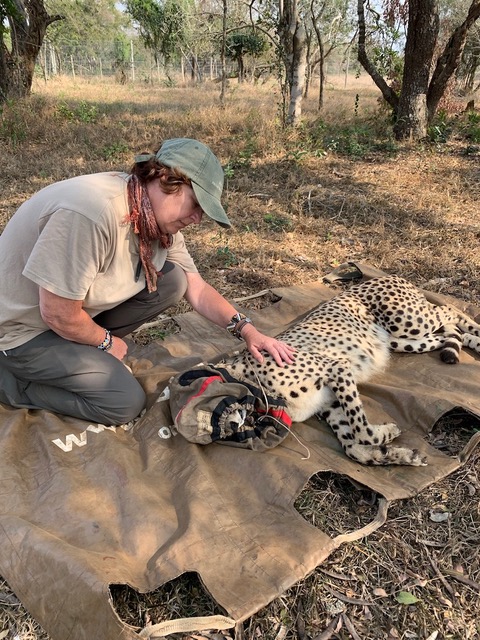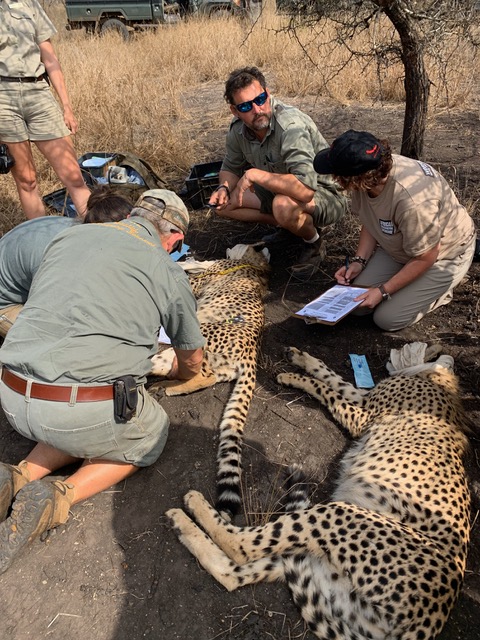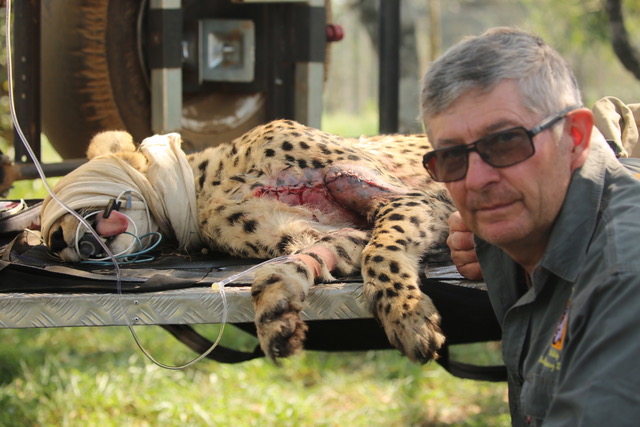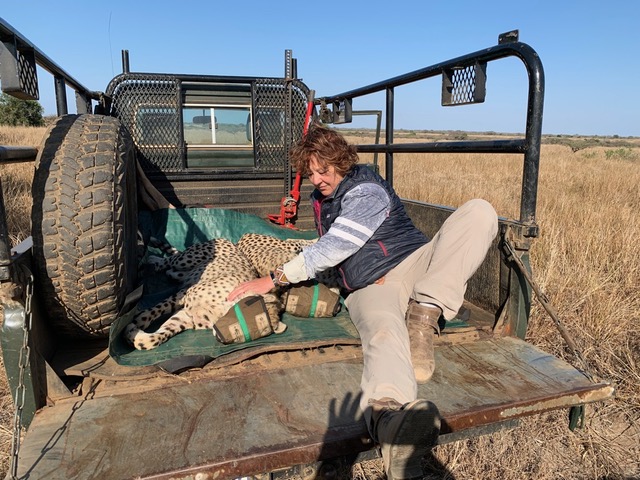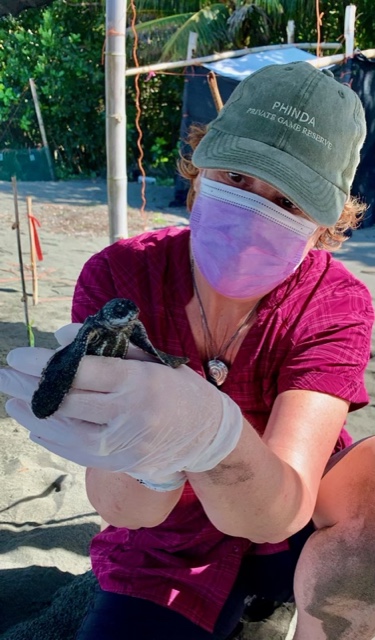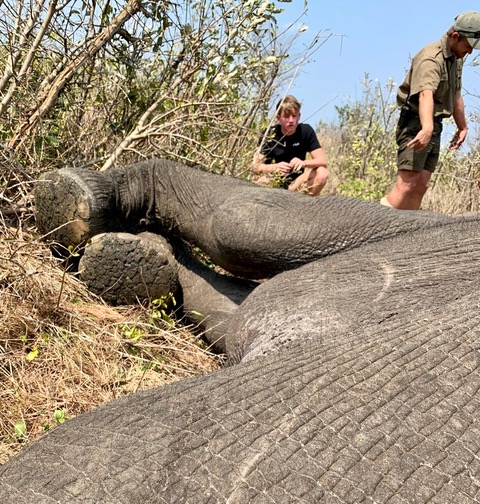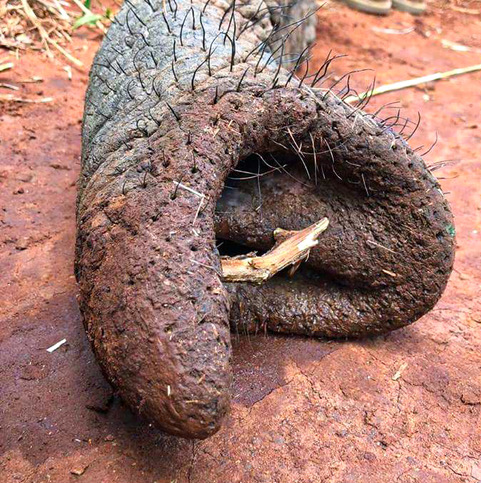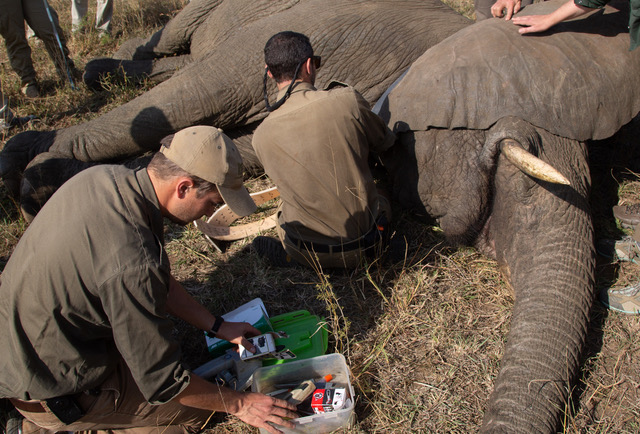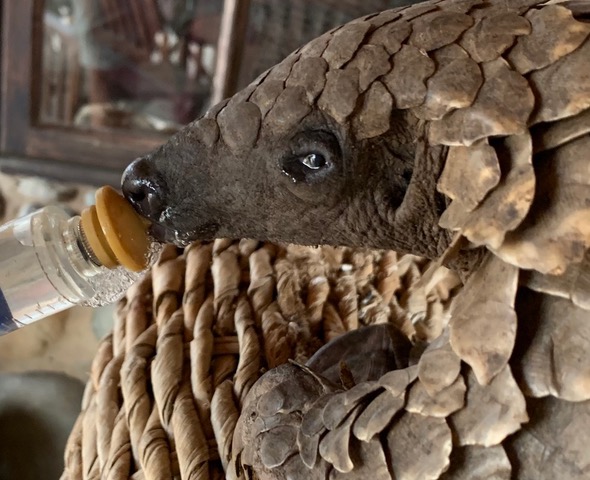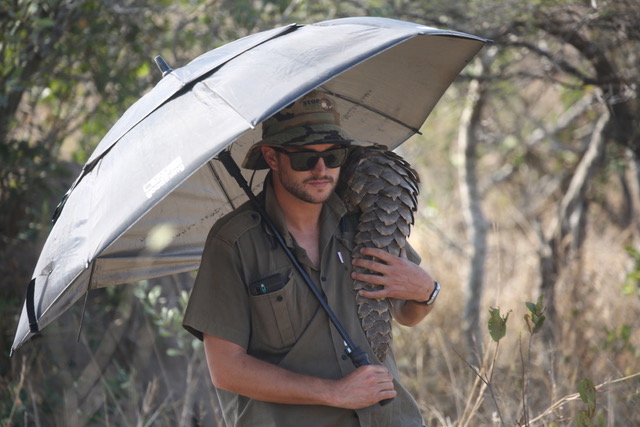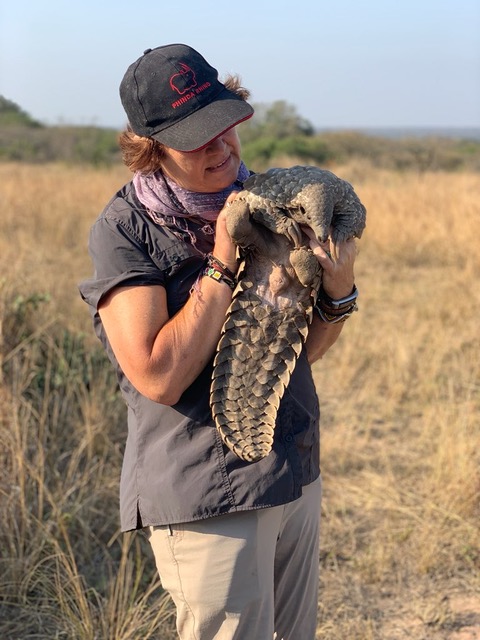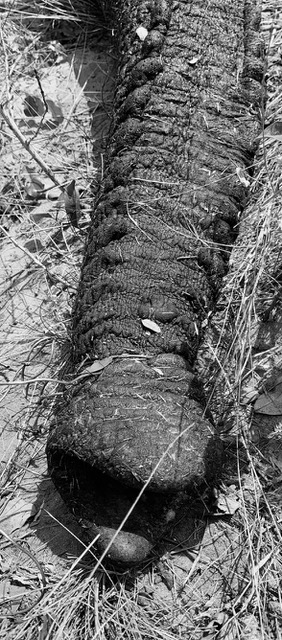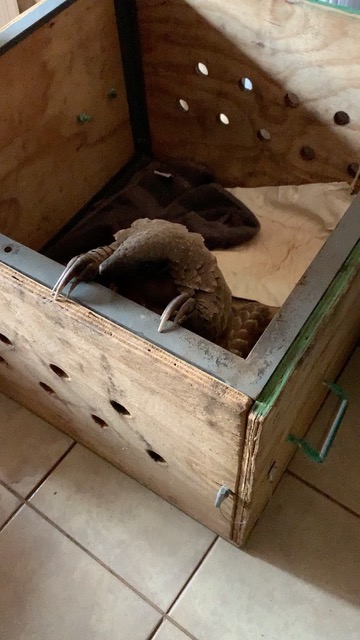March Fundraiser
Our annual March fundraising drive supports wildlife conservation in Africa. Thank YOU!
March Fundraiser
Our annual March fundraising drive supports wildlife conservation in Africa. Thank YOU!
Supporting African Wildlife Through:
- Wildlife conservation hands-on volunteering in South Africa and Botswana
- Wildlife conservation educational photo presentations
- Fundraising:
- conservation educational talks and
- wildlife photography sales
Supporting African Wildlife Through
- Wildlife conservation hands-on volunteering in South Africa and Botswana
- Wildlife conservation educational photo presentations
Fundraising through:
- wildlife conservation educational talks
- Wildlife photography sales ~ proceeds donated to conservation needs
For the past 3 years I have participated in conservation efforts at Phinda , a 70,000+ acre Wildlife Reserve in South Africa. Read more about how my work at Phinda became WildSoul Conservation.
